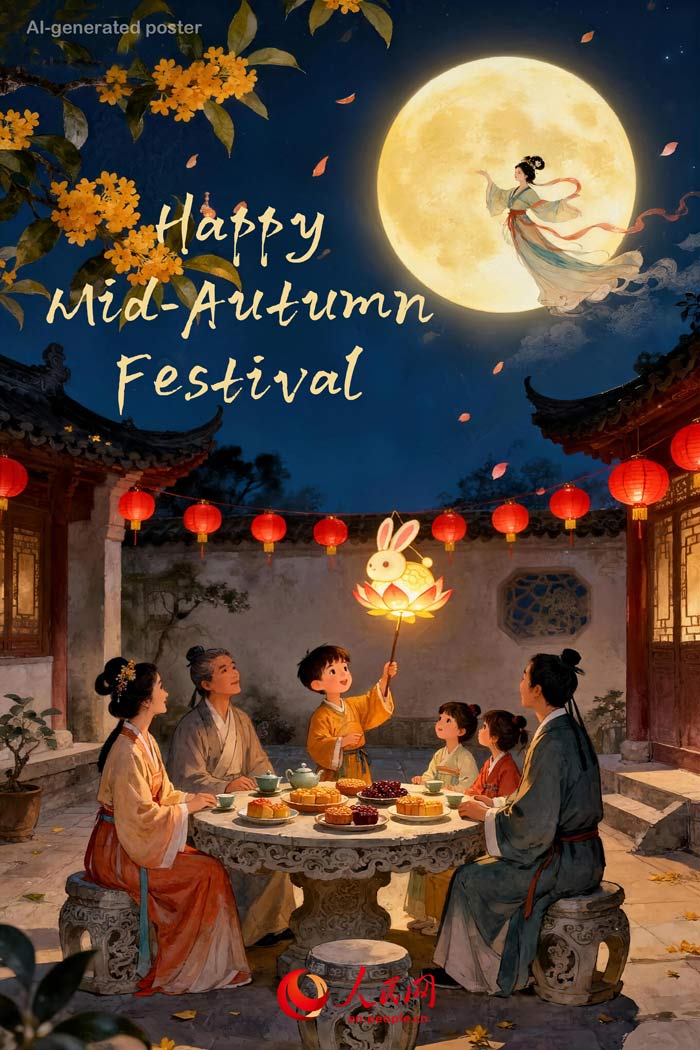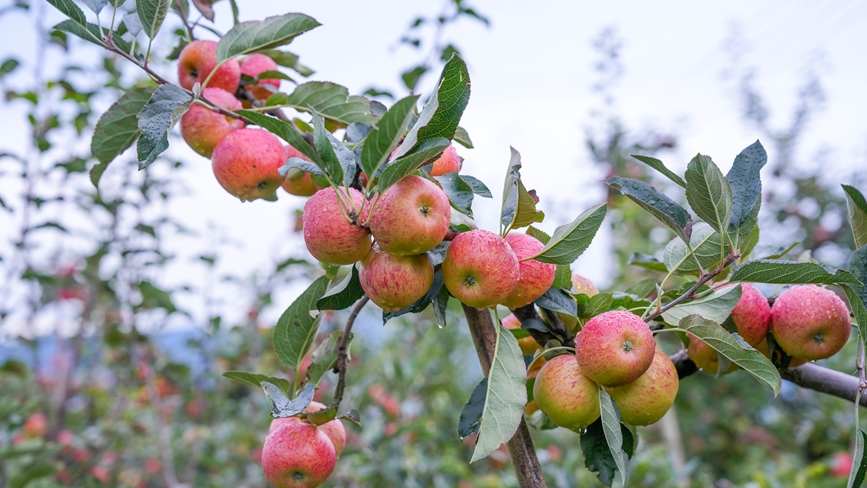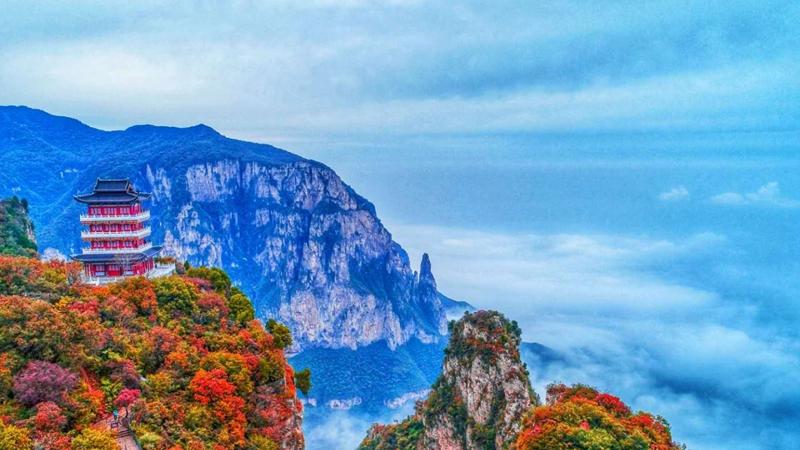China Buzz: How much do you know about Mid-Autumn traditions?
The Mid-Autumn Festival is approaching. Supermarkets are stocking colorful mooncake boxes, lantern stalls illuminate the streets, and families are planning their reunion dinners. When you look up at the glowing full moon, do you ever wonder how many stories it holds?
Celebrated for centuries, the Mid-Autumn Festival ranks among China's most cherished traditional holidays alongside the Spring Festival, Dragon Boat Festival and Qingming Festival. In 2006, it was officially listed as part of China's first batch of national intangible cultural heritage, recognizing its deep cultural roots and enduring significance.
The Mid-Autumn Festival encompasses more than mooncakes, weaving together mythology, poetry and family traditions passed down through generations.
Mooncakes: A bite of history and togetherness
Mooncakes are central to Chinese Mid-Autumn Festival traditions. The round cakes originated as lunar offerings during ancient rituals. Their circular shape mirrors the full moon and symbolizes family reunion during the holiday celebration.
Plain round cakes, however, were not enough. People began pressing patterns onto their surfaces, blending lucky symbols with folk art. Legends and images such as the Moon Palace, Chang'e, the Jade Rabbit, osmanthus and chrysanthemums were carved into molds, each carrying wishes for happiness and good fortune.
Over time, mooncakes developed into diverse regional styles — Cantonese, Shanxi, Beijing, Suzhou and more — and became important gifts for strengthening bonds among relatives and friends. Today, whether filled with lotus seed paste, red bean or mixed nuts, mooncakes continue to embody the timeless meaning of reunion and harmony.
Moon-Gazing: From worship to reunion
Moon-gazing is another core tradition of the Mid-Autumn Festival. It began to take shape during the Wei and Jin dynasties (220-420) and flourished in the Tang (618-907) and Song (960-1279) Dynasties. According to legend, the custom is linked to the myth of Chang'e and carries the meaning of family reunion under the full moon.
In fact, moon-gazing was originally an extension of moon worship. This practice grew out of ancient people's reverence for nature. The ancient ceremonies were often elaborate and varied across regions, but their purpose was the same: to pray for blessings, to entrust memories and hopes to the moon, and to express the wish for family reunion and a good life.
While formal rituals have largely disappeared, gathering beneath the full moon continues to connect people with family, tradition and enduring hopes for harmony.
Lanterns: Lighting up the Mid-Autumn night
The Mid-Autumn Festival, along with China's Spring Festival and Lantern Festival, form the country's "three great lantern festivals." During Mid-Autumn, people light lanterns for celebration and entertainment beyond simple illumination. Lantern lighting ranks second only to the Lantern Festival in popularity, with thriving markets offering elaborate designs, while riddle-guessing remains a cherished tradition.
In some regions, people craft lanterns out of watermelons, oranges or pomelos, creating playful glowing sculptures. Other places feature lively customs such as burning incense towers, setting off sky lanterns, "walking with the moon," or even performing fiery dragon dances — each adding more joy and spectacle to the festive night.

The Mid-Autumn Festival represents a living tradition connecting past and present rather than simply marking a calendar date. From savoring mooncakes to moon-gazing or watching glowing lanterns, participants join centuries-old rituals that have carried family hopes, dreams and joy through generations.
So this Mid-Autumn, when the full moon rises, don't just admire its beauty —remember the stories, the flavors and the lights that make this festival shine across generations.
(Web editor: Wu Chaolan, Wu Chengliang)










